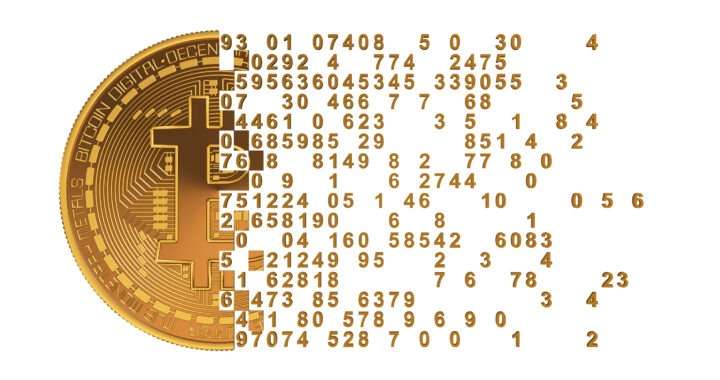In light of cryptocurrency’s permanence in the global economy, the European Union has taken an innovative step to regulate this dynamic area by introducing the Markets in Crypto-Assets (MiCA) framework. With full implementation as of 30th December 2024, MiCA delivers the most comprehensive governance structure for digital assets to date, specifically targeting Asset-Referenced Tokens (ARTs) and E-Money Tokens (EMTs), the EU’s regulatory vision for Stablecoins.
“MiCA is the most comprehensive crypto regulation globally and puts Europe ahead of the pack.”
— Verena Ross, Chair of the European Securities and Markets Authority (ESMA)
MiCA brings legal precision and financial certainty to a market that has historically been fragmented and volatile. In this write-up, we examine how MiCA is reshaping Stablecoin rules and custodial responsibilities, raising the standards for crypto service providers across Europe.
ARTs and EMTs under MiCA
MiCA categorises crypto assets into three segments:
- – Asset-Referenced Tokens (ARTs) – pegged to multiple assets like currencies, commodities, or crypto.
- – E-Money Tokens (EMTs) – backed by a single fiat currency.
- – Other Crypto-Assets – including utility tokens and other digital representations.
These classifications aren’t just technical—they define the reserve requirements, operating mandates, and compliance conditions for all crypto issuers and custodians in the EU.
These rules reflect the EU’s caution regarding private tokens that could potentially undermine national monetary policies.
MiCA’s framework for ART and EMT issuers is among its most significant achievements:
- – 1:1 Reserve Ratio – EMTs must maintain reserves fully backed by liquid assets in segregated accounts at licensed institutions.
- – Independent Custody – Regulated custodians must manage reserves.
- – Transaction Limits – ARTs used broadly as payment instruments are capped at €200 million in daily transaction volume.
“Stablecoins must not interfere with monetary sovereignty. MiCA ensures the euro remains the only legal tender in the EU.”
— Fabio Panetta, Member of the Executive Board, European Central Bank
Authorisation and Compliance Obligations
MiCA prohibits ARTs and EMTs from being issued in the EU without prior approval. Issuers must:
- – Submit detailed whitepapers.
- – Undergo AML/CFT due diligence.
- – Obtain an e-money license for EMTs.
- – Partner with licensed custodians.
– Non-compliance can result in license revocation and a ban on distribution.
Raising the Standards
– MiCA introduces demanding operational criteria for Crypto Asset Service Providers (CASPs):
- – Registered office within the EU.
- – Subject to supervision by ESMA and national authorities.
- – Robust internal controls and risk frameworks.
– Larger platforms (with 15 million+ users) face additional oversight, including real-time monitoring and external audits.
“MiCA is pushing crypto toward the compliance standard of banking.”
— Markus Ferber, Member of the European Parliament, ECON Committee
Real-World Impact
The first effects of MiCA implications are already being felt across the industry.
- Coinbase removed Tether (USDT) from certain regions due to insufficient clarity regarding its reserves.
- Kraken has reinforced its licensing and custodian relationships to align with MiCA’s compliance tier.
“The new EU rules are a wake-up call. Compliant crypto businesses will be the ones left standing.”
— Brian Armstrong, CEO of Coinbase
While doing so, exchanges like Kraken actively comply with MiCA, encouraging strong licensing and transparent stablecoin governance. This marks a larger trend toward institutional-grade compliance in the European cryptocurrency landscape.
A Blueprint for Global Crypto Regulation
MiCA positions the EU at the forefront of digital asset regulation. With clearly defined reserve, custody, and licensing rules, crypto finance ensures that it respects monetary policy while maturing into a secure and scalable sector.
For crypto firms, aligning with MiCA is more than regulatory box-ticking—it’s a gateway to long-term credibility in the world’s third-largest economic bloc.
Is your crypto project MiCA-ready?
Before launching or scaling in Europe, audit your token mechanics, custody setup, and regulatory posture to ensure compliance with local regulations.
Image Source: Adobe Stock
Disclaimer: This article is purely for informational purposes. It is not offered or intended to be used for legal, tax, investment or financial advice.












